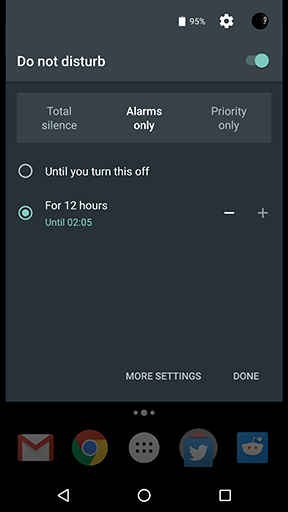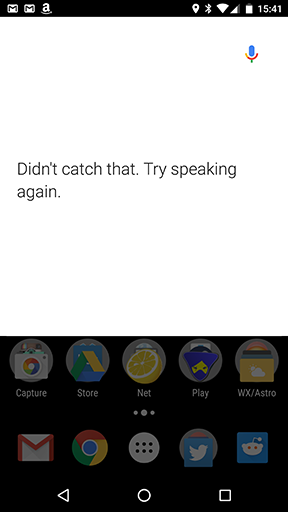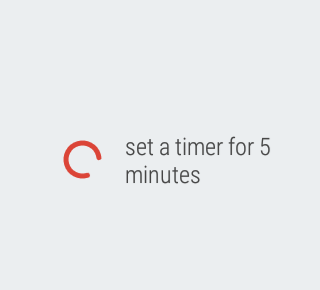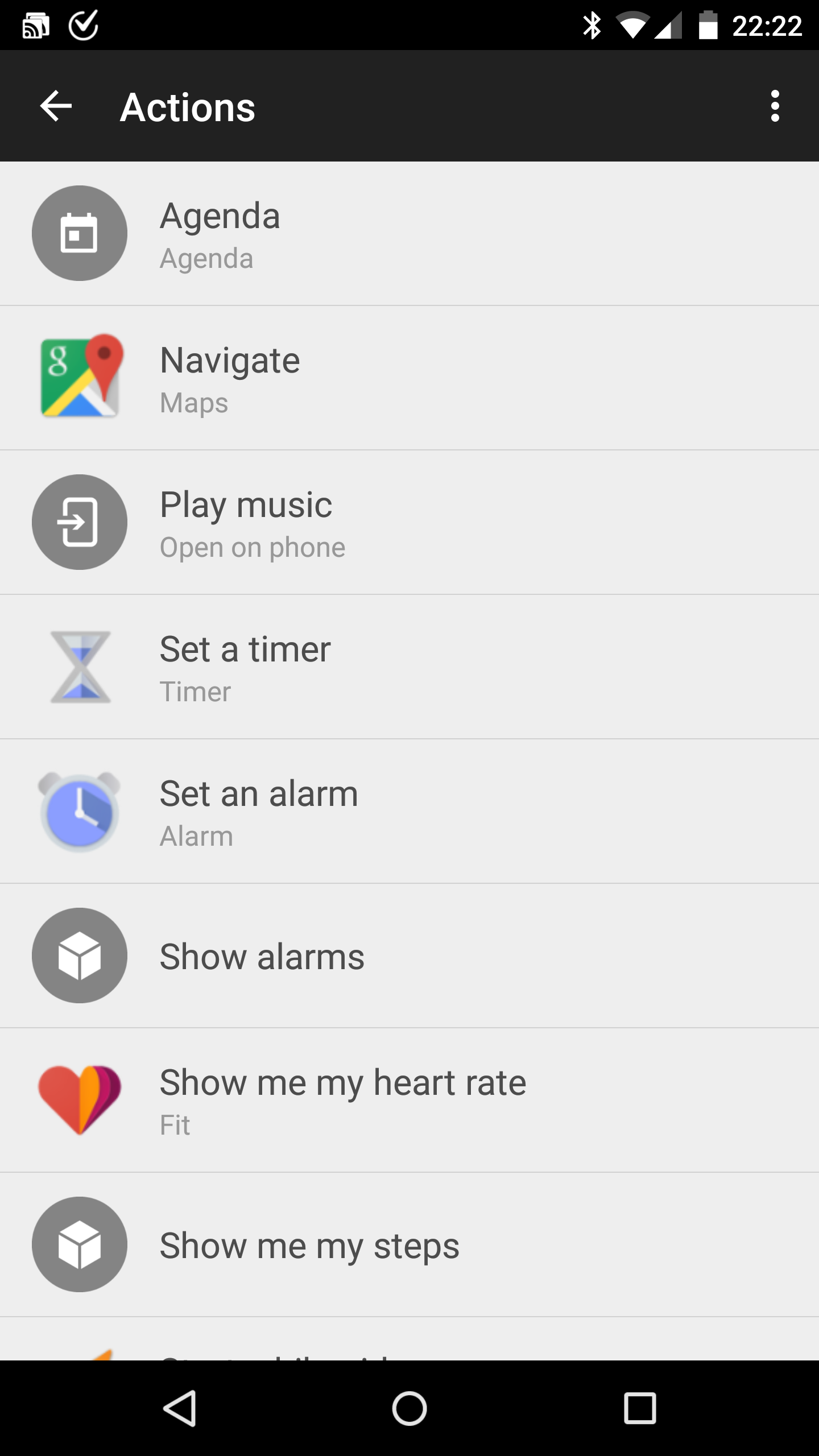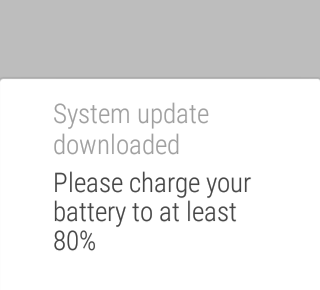I want to like Gboard
Posted on 2017-03-13 08:29 +0000 in Tech • Tagged with Google, Android • 3 min read
I want to like Gboard. On paper it looks really rather good. It's a keyboard from Google, it ties in with your account, it syncs things, it has clever searching for emoji and gifs and the like... what's not to like?
Problem is, I've been a user of SwiftKey since around 2011 (I think it was). I'm very used to how SwiftKey works and it also contains a lot of handy things. I like that it has smart completion, that it learns how I type a bit skewed and that it takes this into account, that I can turn off the fancy swipe typing and instead make use of handy gestures like swipe-left to delete a word. I like some of the themes a lot.
Into the mix comes my iPad, which I use on occasion. The standard Apple keyboard is horrible and, sadly, I find SwiftKey on iOS just as frustrating. It seems to lack enough key features there (especially the word deletion gesture, as far as I can tell) that it's also a bit annoying. My dream of a consistent typing experience across all devices just wasn't happening -- until I found Gboard on iOS.
That felt almost right. And from what I could tell it worked almost exactly the same on iOS and Android. So it felt like a good time to try and force myself to use Gboard on my Google Pixel and Nexus 7.
Sadly, though, I'm just not getting on with it. It's okay. It's not bad. It's just... not good. I'm finding that it lacks enough useful things that it's a frustrating experience. Little things like: when I enter Google Search, there's no word completion in the keyboard (SwiftKey has that); the word deletion gesture (swipe left from the backspace key) seems very hit-and-miss; the most obvious completion for a word sometimes appears in the middle slot but, other times, in the left slot. And so on.
Nothing huge. Nothing that's a show-stopper. But a handful of a little things that make me miss the comfortable home that is SwiftKey.
Don't get me wrong, it does have some very handy and cleaver features too. The searching for emoji -- including showing them up as word completions -- is rather clever. The gif-search thing is all kinds of fun too (mostly used to annoy the hell out of my son on twitter).
None of those quite make up for the bits I miss from SwiftKey though.
All that said, I've being making a point of pushing on with Gboard, thinking that most of my issues might just be because I'm too used to my "old home". Mostly this was working well, until I noticed something this morning. While reading the description for Gboard I noticed this handy thing in the "Pro Tips" section:
Sync your learned words across devices to improve suggestions (enable in Gboard Settings→ Dictionary → Sync learned words).
Useful! I'd assumed that this was the case anyway -- it's Google after all -- but it's good to know I can ensure it's turned on. So I went to turn it on. This is what I found:

What the hell Google? Sure, I do have a Gsuite account on my phone -- as in various apps have access to a Gsuite account (Gmail, Drive, etc...) -- but it's not the primary account on my phone and it's not the account I'd really want to be doing the dictionary sync with anyway. If I've got dictionary sync I want it tied to the keyboard no matter the app I'm in, and no matter the account I'm using in that app. I want the keyboard to be tied to a specific account when it comes to sync (just like SwiftKey does it).
This, I think, is a show-stopper for me.
I can overlook the other niggles, I can learn to cope with it not being quite so perfect in some situations; but the blanket inability to do something as simple as cloud-sync the predictions and learn from how I type -- things that are, these days, central to what Google's about -- it's frankly stupid.
I guess I'm going to have to keep Gboard as a backup keyboard for those times when I need to find the perfect gif.



